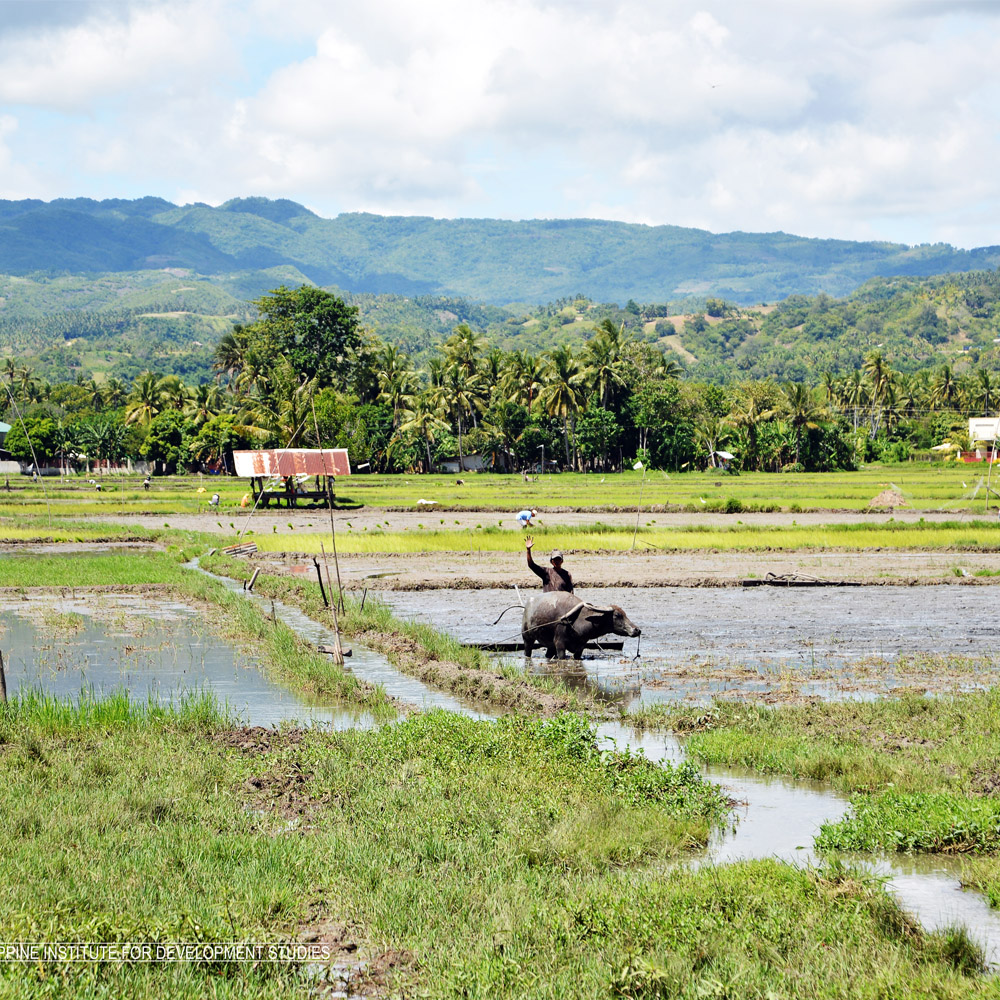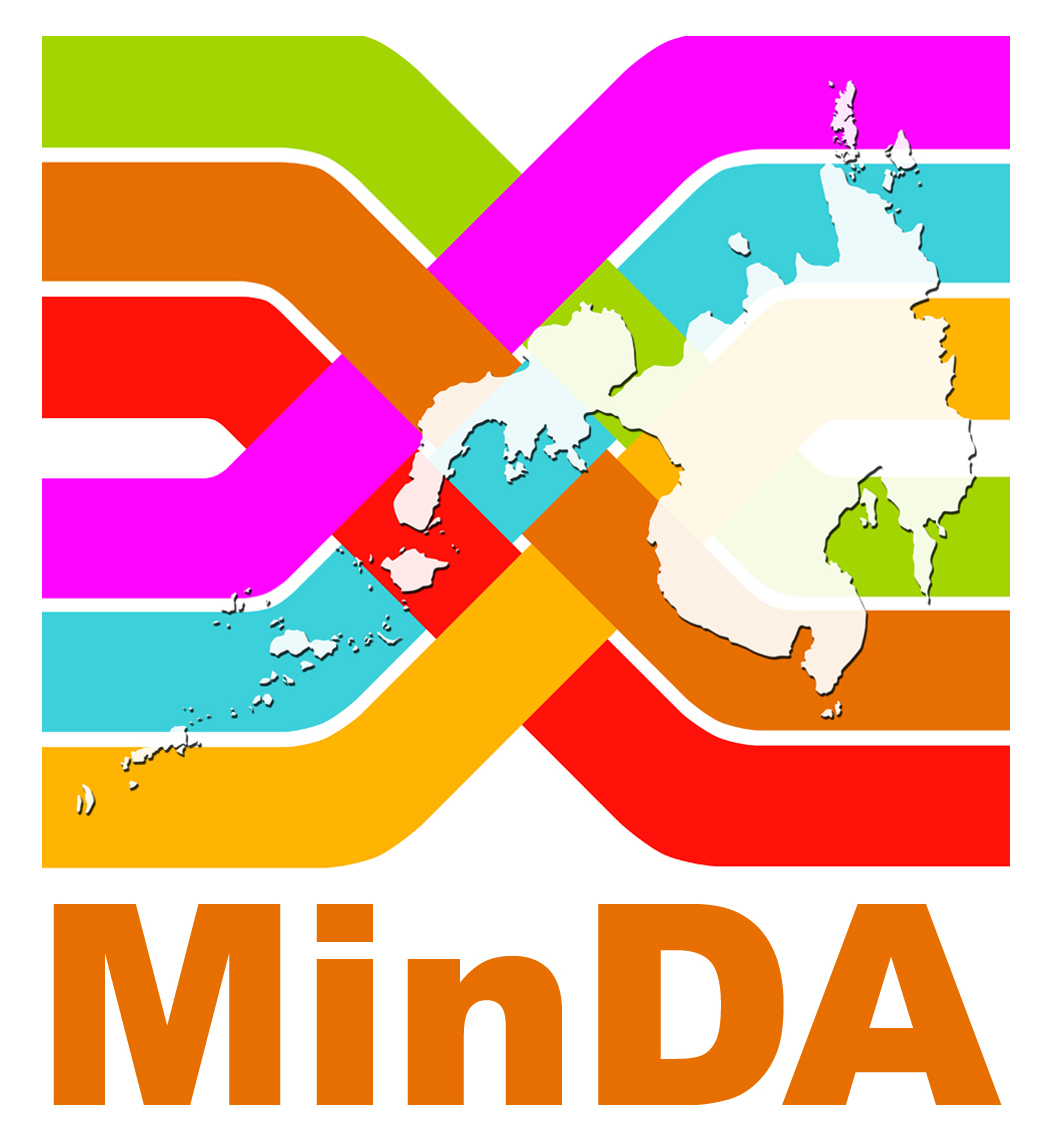Land Reform
Socioeconomic Issue in Spotlight

In 1987, the Comprehensive Agrarian Reform Program (CARP) was signed into law to address land and tenancy relation issues in the country. It primarily aimed to redistribute agricultural land to poor and landless farmers and workers, and ensure equitable land ownership in the Philippines.
Since then, over 4.8 million hectares of land have been awarded to about 2.8 million agrarian reform beneficiaries (ARBs) (Department of Agrarian Reform 2003). The program has also helped improve ARBs’ access to various government interventions, raising their household income in the process (Barrios et. al 2015). As a result, more than one in every two CARP beneficiaries who were poor in 1990 became nonpoor in 2000 (World Bank 2009).
Despite these accomplishments, Ballesteros et. al (2018) identified issues with regard to the type of agricultural lands distributed, the legitimacy of ARBs, and the indefeasibility of the titles of awarded lands. They argued that the program has been poorly targeted in terms of areas covered and beneficiaries.
Leonen (2008) also found conflicts concerning the award certificates of land ownerships. Some of these conflicts are between landowners and ARBs, landowners and the state, ARBs and the state, and even between ARBs themselves. To address these conflicts, he recommended compulsory arbitrations and continued training programs on alternative dispute processing methodologies for all adjudicators, arbitrators, and agrarian reform lawyers and paralegals.
While there are issues in the implementation of the CARP, revamping the law is deemed unnecessary as there are only a few large sizes of agricultural land left for distribution (Ballesteros et. al 2018). Instead, the government should focus on supporting programs that will modernize agriculture, with adequate provision of support services to small farmers to access new technologies, credit, infrastructure, value chains, and markets. Moreover, to address issues on land consolidation, land ownership concentration, or land conversions, convergence efforts should be enforced by land agencies as well as digitization in land management and administration.
The Socioeconomic Research Portal for the Philippines (SERP-P) has a collection of studies on land reform, including those by Balisacan and Sebastian (2006) on challenges and policy direction on securing rice and reducing poverty, Ballesteros et.al (2018) on the accomplishments and forward options of CARP, Ballesteros (2010) on the cost of redistributive land reform in the Philippines, and Leonen (2008) on the institutional assessment of CARP in a post-2008 transition scenario.
For other related studies, simply type “land reform” in the search box of the SERP-P website.
SERP-P Resources on Land Reform


